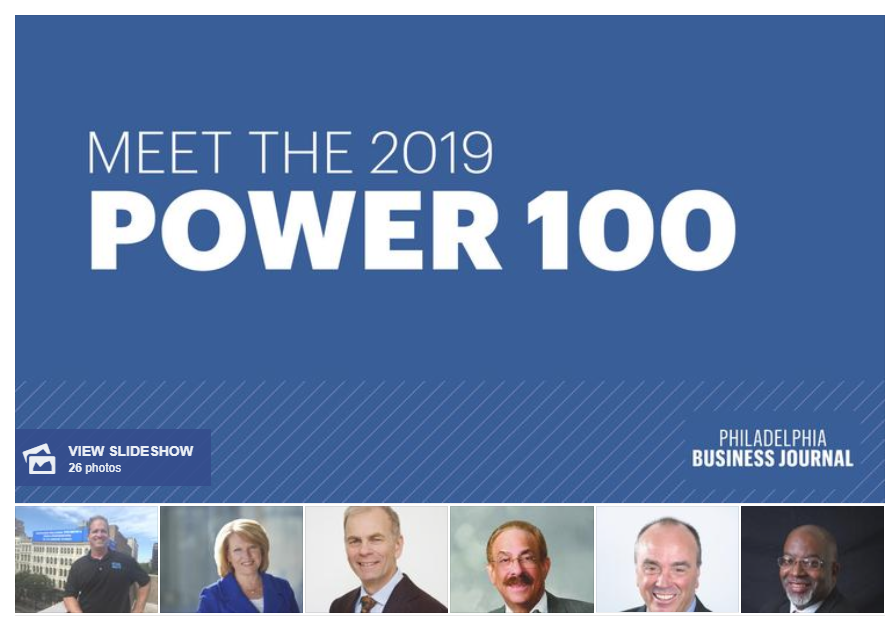|
By PRWeb Today, ESI ThoughtLab announced the key findings from its Building a Hyperconnected City program, a year-long global study of 100 cities using technology to improve, connect, and secure all areas of their ecosystem. The study, supported by a coalition of industry leaders, shows how cities can go beyond current smart solutions to become “hyperconnected” hubs generating large economic, social, and environmental benefits by linking key elements of their urban landscape—from transportation to public health and security, from government to business and residents. ESI ThoughtLab’s
economists estimate that, worldwide, cities could collectively enjoy a return on investment of as much as $60 billion if they were to become fully hyperconnected. The findings were officially announced at the Smart City Expo World Congress in Barcelona, Spain during a keynote speech by Lou Celi, CEO of ESI ThoughtLab. According to estimates by the reporting cities, the average return on investment on smart city initiatives ranges from 3 percent to 4 percent. As cities become more interlinked, their ROI grows. Returns in dollar terms can range from $19.6 million per city for hyperconnected beginners to $83 million per city for hyperconnected leaders. This is on top of sizable social, quality of life, and environmental benefits—such as reductions in crime, congestion, and pollution, as well as improvements in public health and living conditions. Based on the research findings, ESI ThoughtLab recommends that cities striving to become hyperconnected urban centers follow a roadmap that includes these elements already being applied by leaders in our study: - Crafting an evidence-based business case and continuously monitor performance—analyzing ROI systematically with the right metrics. - Calculating the full benefits including social, business, economic, and environmental benefits. - Capitalizing on advanced technologies—particularly various forms of AI—while also bearing in mind the importance of cybersecurity. - Generating more value from data by gathering, integrating, and monetizing it in a responsible way, as well as sharing it with stakeholders as appropriate. - Organizing resources within a largely centralized department and drawing on both internal and external staff to operate hyperconnected city programs. - Using the ecosystem effectively, partnering with business and academic communities, but keeping crucial development and implementation tasks in-house. - Ensuring all citizens are engaged and connected by seeking input from stakeholders and reaching out to disadvantaged populations. A hyperconnected approach generates considerable returns in all areas of a city’s ecosystem. For example, the research revealed that using technology to interlink different areas of public transit programs increases passenger satisfaction 38%, on-time arrival 33%, and transit ridership 29%. Digital public transit payment systems, used by 72% of cities surveyed, are particularly effective, with hyperconnected leaders recognizing a 6.5% ROI. Leaders also report a 4.9% return on real-time public transit apps, 4.8% on open loop payment systems, and 4.6% on mobility-as-a-service apps. "As the year comes to an end, we take this opportunity to present USI’s Q4 2019-2020 Market Outlook & Forecast, which illustrates the continuation of market trends that were previously reported in our Mid-Year 2019 report. These trends include ongoing rate increases across a number of coverage areas as well as continued reduction in capacity. The market conditions referenced in the corresponding chart, and discussed on the pages that follow, are expected to continue into the first part of 2020—and for some product lines, well into the year."
Find the full update here. Join us in congratulating our President Linda Conlin as well as WTCGP Board Member Steven Bradley on being named two of the Power 100 by Philadelphia Business Journal!
|
Categories
All
Archives
July 2023
|




 RSS Feed
RSS Feed